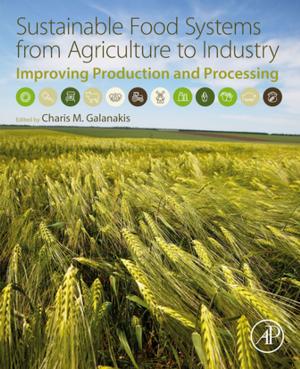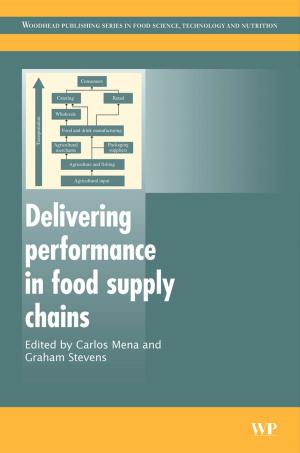Computational Theory of Iterative Methods
Nonfiction, Science & Nature, Mathematics, Discrete Mathematics, Computers, General Computing| Author: | Ioannis Argyros | ISBN: | 9780080560700 |
| Publisher: | Elsevier Science | Publication: | September 4, 2007 |
| Imprint: | Elsevier Science | Language: | English |
| Author: | Ioannis Argyros |
| ISBN: | 9780080560700 |
| Publisher: | Elsevier Science |
| Publication: | September 4, 2007 |
| Imprint: | Elsevier Science |
| Language: | English |
The book is designed for researchers, students and practitioners interested in using fast and efficient iterative methods to approximate solutions of nonlinear equations. The following four major problems are addressed. Problem 1: Show that the iterates are well defined. Problem 2: concerns the convergence of the sequences generated by a process and the question of whether the limit points are, in fact solutions of the equation. Problem 3: concerns the economy of the entire operations. Problem 4: concerns with how to best choose a method, algorithm or software program to solve a specific type of problem and its description of when a given algorithm succeeds or fails. The book contains applications in several areas of applied sciences including mathematical programming and mathematical economics. There is also a huge number of exercises complementing the theory.
- Latest convergence results for the iterative methods
- Iterative methods with the least computational cost
- Iterative methods with the weakest convergence conditions
- Open problems on iterative methods
The book is designed for researchers, students and practitioners interested in using fast and efficient iterative methods to approximate solutions of nonlinear equations. The following four major problems are addressed. Problem 1: Show that the iterates are well defined. Problem 2: concerns the convergence of the sequences generated by a process and the question of whether the limit points are, in fact solutions of the equation. Problem 3: concerns the economy of the entire operations. Problem 4: concerns with how to best choose a method, algorithm or software program to solve a specific type of problem and its description of when a given algorithm succeeds or fails. The book contains applications in several areas of applied sciences including mathematical programming and mathematical economics. There is also a huge number of exercises complementing the theory.
- Latest convergence results for the iterative methods
- Iterative methods with the least computational cost
- Iterative methods with the weakest convergence conditions
- Open problems on iterative methods















